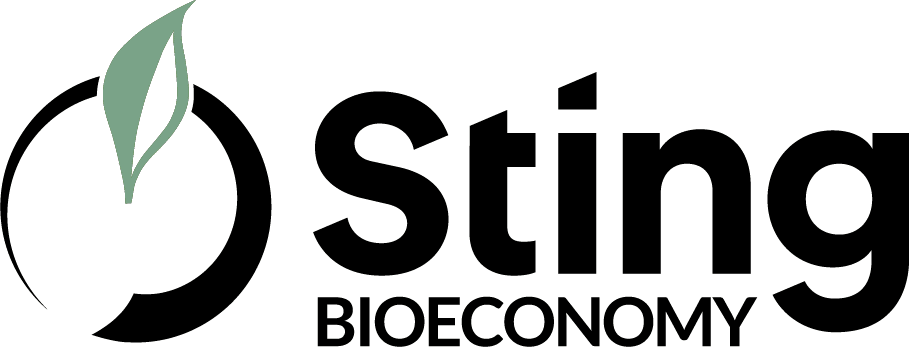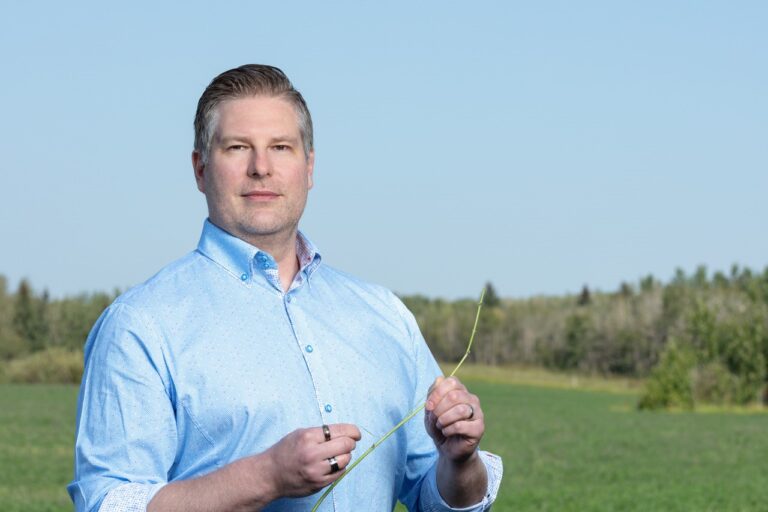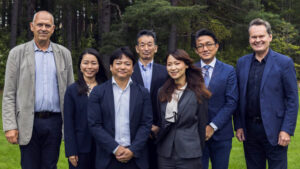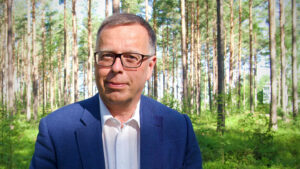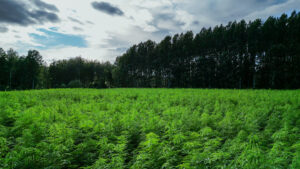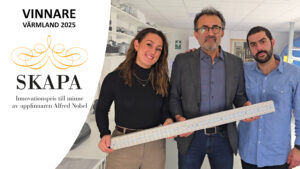The Canadian company HEJMAS Agrifibre Technologies has developed a method to produce pulp that drastically reduces carbon emissions, water and chemical usage. The fibers used in production come from agricultural crop waste. With HEJMAS’s process, the final product is high-quality pulp produced without harsh sulfide or chloride chemistry. Now, the company is taking the next step by starting up industrial hemp farming with farmers in Värmland.
The company has demonstrated that the process works in a lab environment. Now it’s time to produce pulp samples. Through collaboration in the region with ALMI, Sting Bioeconomy, Kristinehamn Municipality, LRF Kristinehamn, Business Region Värmland and Region Värmland, the company receives support to take the next step.
– ALMI’s role is to contribute to growth and renewal. Working for a sustainable world is a fundamental principle for us. HEJMAS’s business idea is both innovative and sustainable, solving a real problem, says Anna Lundmark Lundbergh, CEO of ALMI Värmland.
Collaboration Provides Comprehensive Support
The collaboration between organizations and businesses is a strength in the ongoing work.
– Värmland is a hub of expertise on these issues. It provides security for us and the company to collaborate with different organizations and pull together. Together, we can provide support, expertise, and contacts at an early stage. We also have different perspectives on the questions we ask, creating a holistic approach, says Thomas Ohlsson, Credit Manager at ALMI Värmland.
He continues, – It’s one of several brilliant examples of a functioning support system. It’s exciting that a foreign company wants to establish itself here in Värmland, paving the way for more companies.
Relocation from Canada to Värmland
HEJMAS is in the process of moving its operations from Calgary, Canada, to Karlstad. A decisive factor was the collaboration between organizations and the combined tradition and knowledge in the forestry and paper industry present in the region.
– We searched worldwide for the best conditions for our company. We looked for a place where we can develop and establish a solid foundation. The collaboration between different organizations and networks is a strength, and the fact that the region is at the forefront of the bioeconomy. We are grateful for the support from ALMI and Sting Bioeconomy, which is extremely valuable for our continued journey, says Marek Hejduk, CEO of HEJMAS Agrifibre Technologies AB.
The company is part of the Sting Bioeconomy accelerator program. Victor Isaksen at Sting Bioeconomy also highlights the collaboration as a key component.
– We look forward to continuing to work with HEJMAS and following their progress. Their decision to move from Canada and establish their operations here in Värmland is a valuable confirmation that the collaboration and collective knowledge we have in the region regarding bioeconomy and entrepreneurship are significant, says Victor Isaksen, CEO of Sting Bioeconomy.
The company is now set to scale up and enter the market. Future customers include manufacturers of medical products such as wound care, diapers, and menstrual products.

Growing Industrial Hemp with Farmers in Värmland
To produce sample pulp, raw material in the form of agricultural crop waste is needed. A collaboration has been initiated with LRF Kristinehamn and three farmers in Värmland. A total of four hectares of industrial hemp is being cultivated this year.
– We have worked together with the CHTA Canadian Hemp Trade Alliance, which has 20 years of expertise in growing industrial hemp. Now we are bringing the knowledge and data to Sweden and growing with farmers in Värmland. It requires close cooperation to get the best out of the harvest, says Marek Hejduk.
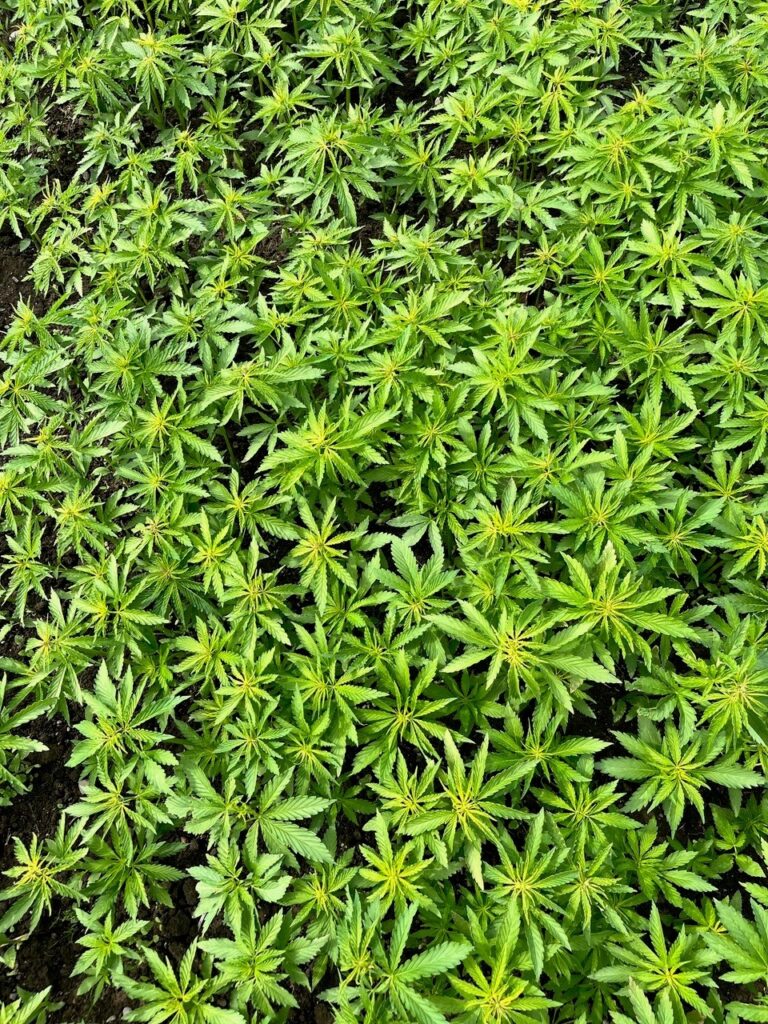
Hemp seeds are very rich in protein and contain large amounts of fiber, vitamins, omega-3, and minerals. Shelled hemp seeds are used as food and pressed into oil, while whole hemp seeds are used as animal feed.
– The farmers get to keep the seeds, to sell for food products; we are interested in the plant residues, the stems and branches, and we pay for it, continues Marek Hejduk. It’s a way to make use of everything that is grown.
– The test cultivation together with HEJMAS is very exciting. As a farmer, you have to be curious about new products. If we can help develop something that leads to a good final product, it’s fantastic, says Peter Moberg, Chairman of LRF Kristinehamn.
– When we have completed this test, and everything turns out well, we will scale up, Marek Hejduk concludes.
